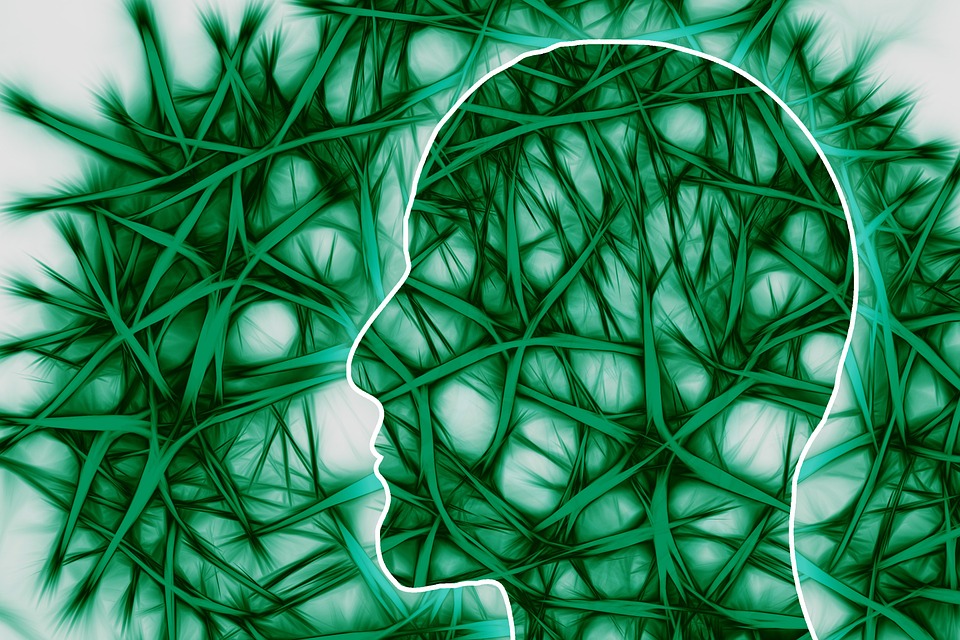The internet is alive with a bunch of facts and fiction regarding the human endocannabinoid system. So what is the truth?
If you’re reading this article, the chances are that you know what the endocannabinoid system is, even if you don’t know all the facts. For those that don’t know, the endocannabinoid system is a delicate system within the body, which regulates appetite, sleep, pain, and a whole host of other functions in humans, and animals for that matter.
However, as this system has not been explored in so much detail to date, especially in terms of its symbiotic relationship with cannabis, many misconceptions and myths have made their way across the stratosphere, from those who are often less than fully advised on the matter.
Some research has suggested that the endocannabinoid system evolved in the human body due to the long standing use of cannabis by humans. But this is not true, and is one such myth that must be debunked. In other words, despite wishful thinking on the part of some people, cannabis and humans did not evolve symbiotically.
On the same subject, doctors and researchers often talk about “endogenous cannabinoids” as if they are cannabinoids which are made by the body. This is another myth, as they are simply endogenous particles that were discovered by studying the way cannabinoids are assimilated into the intricate human system.
Another common misconception, according the folks over at CannaReps, is that “THC binds to CB1 receptor sites and CBD binds to CB2 receptor sites.” Most believe that to be true, and as it sounds all sciencey, they don’t usually explore the topic further. However, while THC does bind primarily with the CB1 receptors, CBD does not, as it primarily binds to GABA receptor sites and many others.
Many believe that cannabinoids are only found in cannabis, and that’s a fair enough assumption, especially if you look at the names. But, it isn’t true, as they are also found in things like hops and other plant lineages that are yet to be studies in detail.
CB receptors are interesting in terms of their relationship with cannabis and the body. With the common misconception being that CB1 receptors are found only in the brain, while CB2 receptors are found only in the body and white blood cells. In actual fact, CB1 receptors are found anywhere that neurons are found, and as there are neurons throughout the body, there are also CB1 receptors throughout the body, alongside them.
It isn’t the biggest deal, but for scientific purposes information needs to be thorough and correct in its totality. For example, while CB2 receptors are found in their highest concentrations in the peripheral nervous system, and in major organs, many of the same organs also contain CB1 receptor sites.
